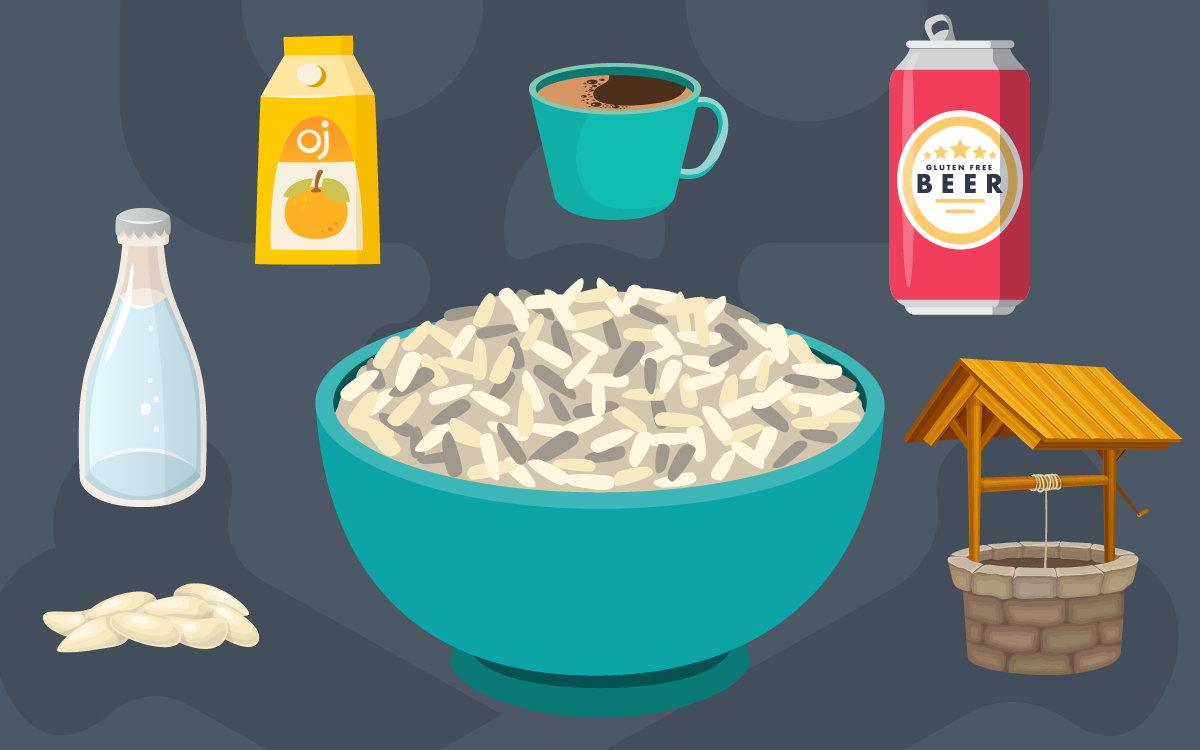new to the gluten free journey?
new to the gluten free journey?

Contents
ToggleStay up-to-date with the latest articles, tips, recipes and more.

*These statements have not been evaluated by the Food and Drug Administration. This product is not intended to diagnose, treat, cure or prevent any disease.
If you are pregnant, nursing, taking medication, or have a medical condition, consult your physician before using this product.
The entire contents of this website are based upon the opinions of Peter Osborne, unless otherwise noted. Individual articles are based upon the opinions of the respective author, who retains copyright as marked. The information on this website is not intended to replace a one-on-one relationship with a qualified health care professional and is not intended as medical advice. It is intended as a sharing of knowledge and information from the research and experience of Peter Osborne and his community. Peter Osborne encourages you to make your own health care decisions based upon your research and in partnership with a qualified health care professional.
One Response
I was found to have arsenic poisoning by hair follicle samples. I had only been eating gluten-free for about a year and a half to two years. I don’t eat rice anyway. I may have rice when I eat Chinese food once a month or so. Otherwise I do not cook it and I have never been a rice eater. I was in a very bad marriage. I slept with a gun under my pillow and the bedroom doors locked. When the doctor discovered that my health was going downhill and it shouldn’t due to my healthy, clean eating habits, he did the hair follicle samples. He knew how I ate and said that he could not think that my eating gluten-free would be enough arsenic to show up in the hair follicle samples at those high levels along with the other depletions of minerals in my body. The police took down all the statements and labeled it my eating gluten free!!!! However, they did put 24 hour police presence around me until I moved to my home that I have now. My question is… I have a hard time believing he poisoned me, but there is no other explanation. The police say there is no evidence they could use as when he moved out temporarily he took all the bottled water, but I found syringes in his bathroom drawer. But they were pristine. They think he put poison in the bottled water, which I would take to work to drink, using the syringes. I am still struggling with this and would like a definitive answer of how long would it take someone, not eating just regular rice at meals at all, but eating blended grains in the gluten-free foods, to have measurable arsenic poisoning. It was debilitating and I am still healing my body slowly. Thank you…jeanne